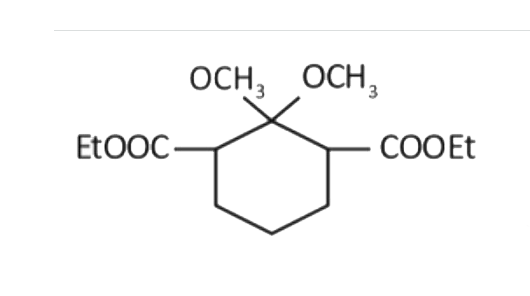Phenol . The compound X on acylation gives aliphatic aromatic ketone. The reaction is :
Gattermann reaction
Friedal-craft reaction
Wurtz reaction
None of these
The correct Answer is:B
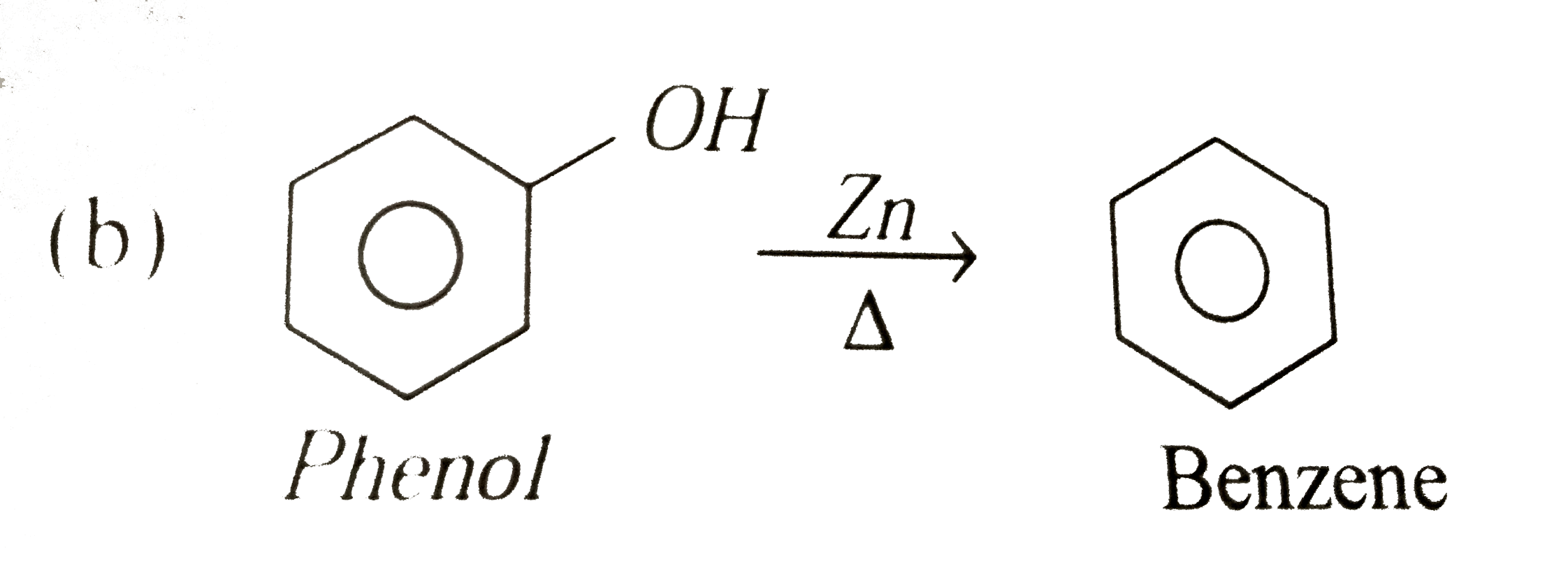
In Friedal craft's reaction acetyl chloride reacts with benzene in the presence of anhydrous aluminium trichloride to form acetophenone.

Topper's Solved these Questions
- BOOK - ERRORLESS CHAPTER - ALCOHOL, PHENOL AND ETHEREXERCISE - Ordinary thinking (Ojective questions) Uses of Alcohol, Phenol and Ethers20videos
ALCOHOL, PHENOL AND ETHER
- BOOK - ERRORLESS CHAPTER - ALCOHOL, PHENOL AND ETHEREXERCISE - Critical Thinking (Objective Questions)17videos
ALCOHOL, PHENOL AND ETHER
- BOOK - ERRORLESS CHAPTER - ALCOHOL, PHENOL AND ETHEREXERCISE - Ordinary thinking (Ojective questions) Preparation of Alcohol, Phenol and Ethers46videos
ALCOHOL, PHENOL AND ETHER
- BOOK - ERRORLESS CHAPTER - ALDEHYDES AND KETONES EXERCISE - JEE Section (JEE (Advanced) 2018) Numeric answer type question1videos
ALDEHYDES AND KETONES
Similar Questions
Knowledge Check
- Question 1 - Select One
Phenol Zn−−→ΔX. The compound X on acylation gives aliphatic aromatic ketone. The reaction is :
AGattermann reactionBFriedal-craft reactionCWurtz reactionDNone of these - Question 2 - Select One
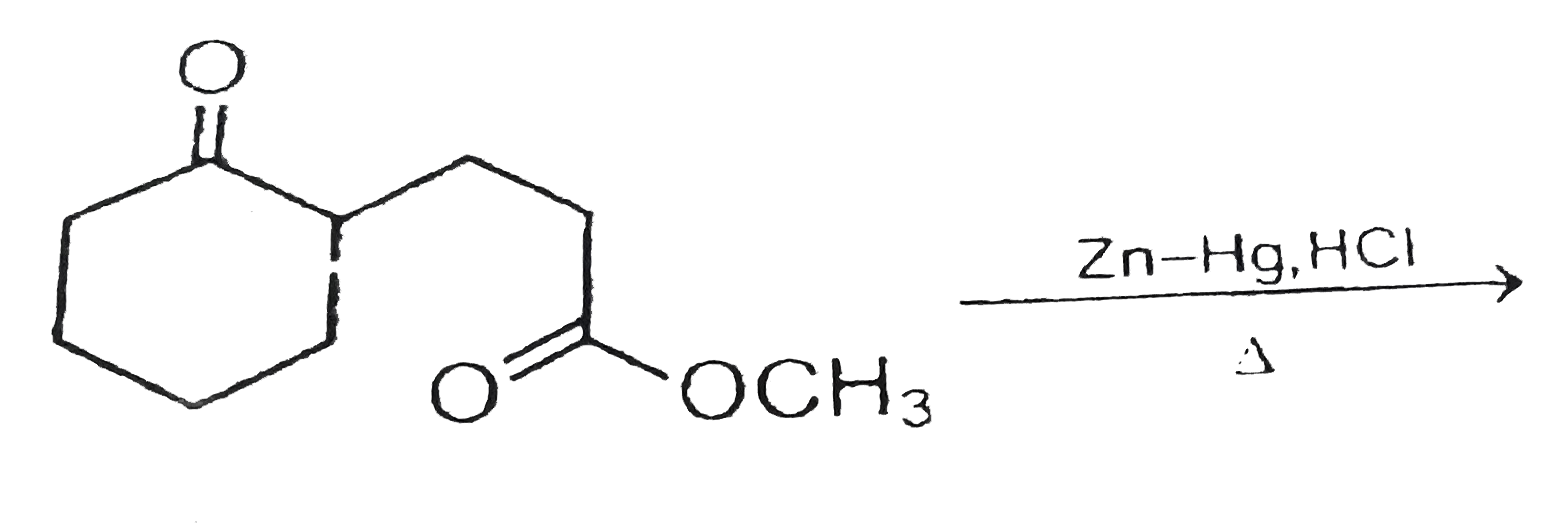 Zn−Hg.HCl−−−−−−−→Δ product of the reaction will be:A
Zn−Hg.HCl−−−−−−−→Δ product of the reaction will be:A B
B C
C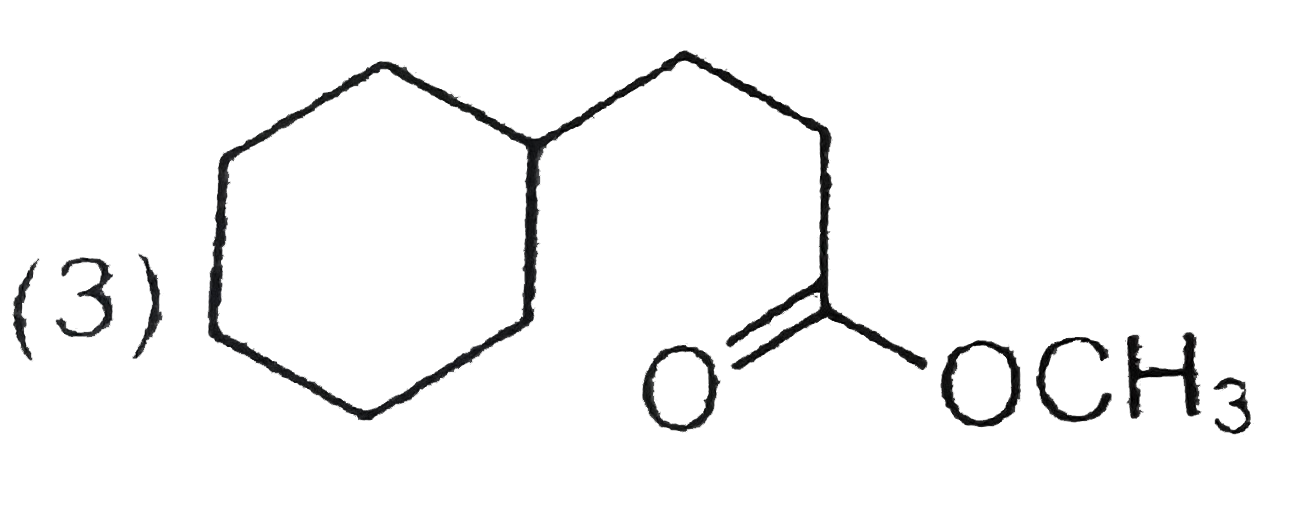 D
D
- Question 3 - Select One
Acylation of benzene to produce aliphatic aromatic ketones is known as
ABenzoin condensationBHydroformylationCClemmensen reductionDFriedel-Cralft 's reaction
Which of the following reactions give aromatic compound ?
View SolutionChlorobenzene Reaction−−−−→XPhenolReaction−−−−→Y
Salicylaldehyde X and Y reaction respectively areView Solution1−ButyneKMnO4/Δ−−−−−−−→X+Y
Identify X and Y ?View SolutionCH3−CH3∣CH∣CH3−KMnO4−−−−→(A)H+−−→Δ(B)HBr−−−→ROOR(C)
Product (C) in the above reaction is:View SolutionBoth carbonyl compounds and acid derivatives though they contain
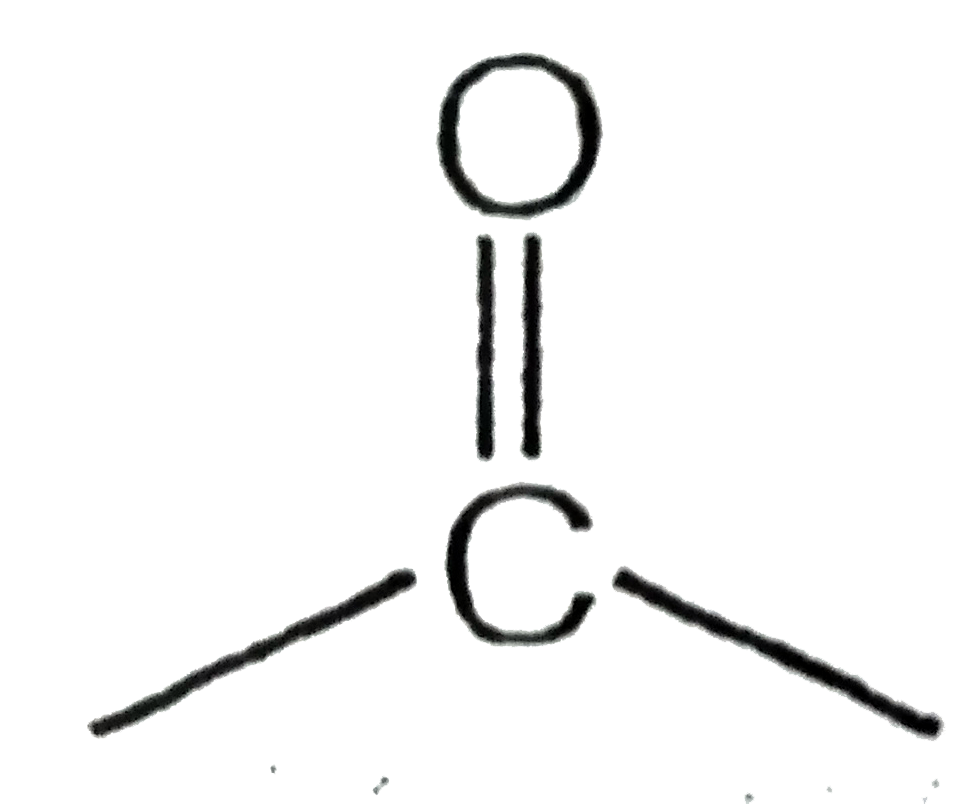 grouping yet the reactions given by them are entirely different.
grouping yet the reactions given by them are entirely different.
As Aldehydes and Ketones give addition product with a nucleophile, while carboxylic acid derivatives give nucleophilic acyl substitution through addition/elimination mechanism.

Where X−=−Cl−O−O∣∣C−R−OR,−NR(R) etc.
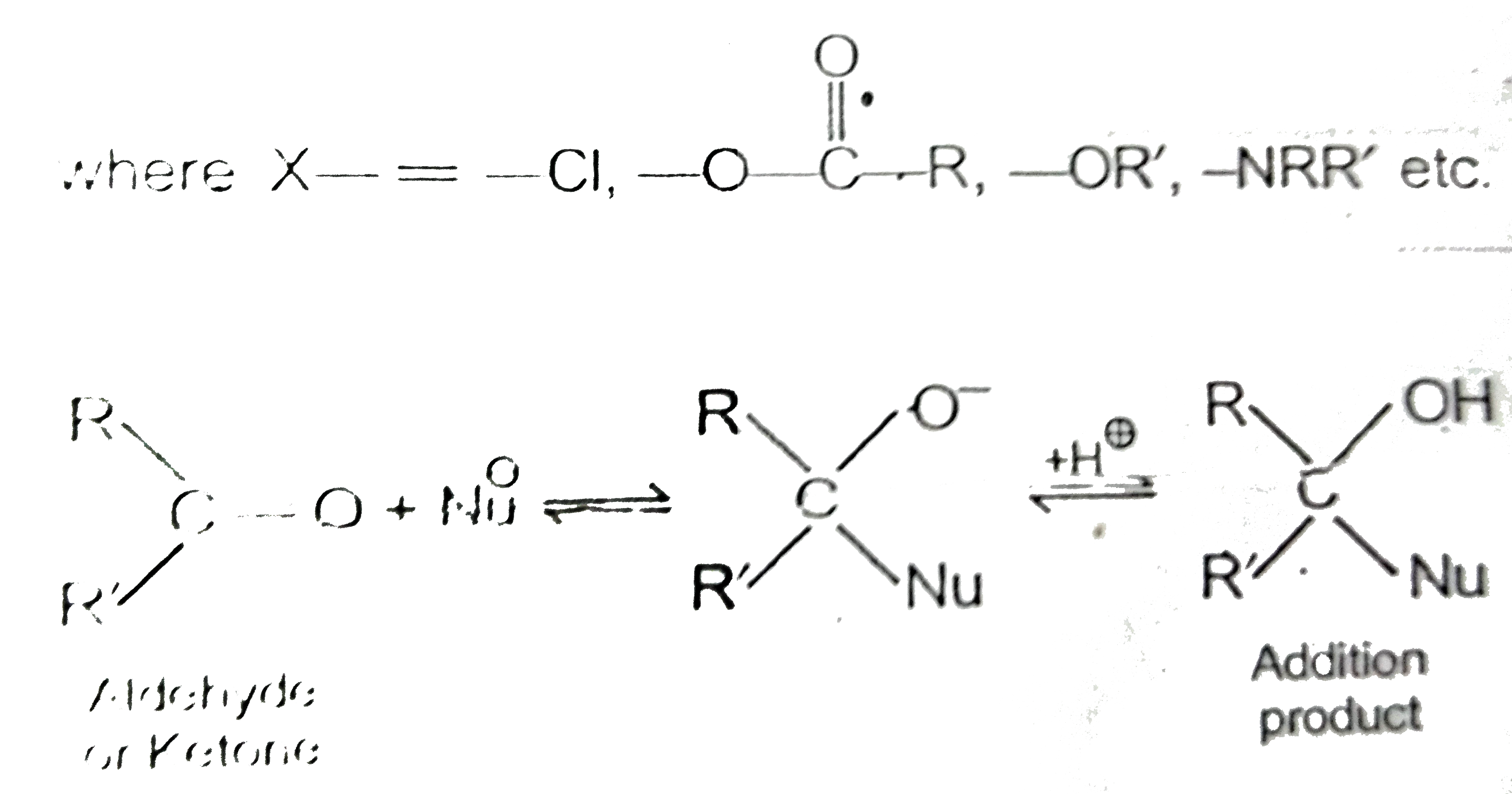
Why aldeydes and Ketones give nucleophilic addition reaction while acid derivatives prefer nucleophilic acyl substititution reaction?View Solution


